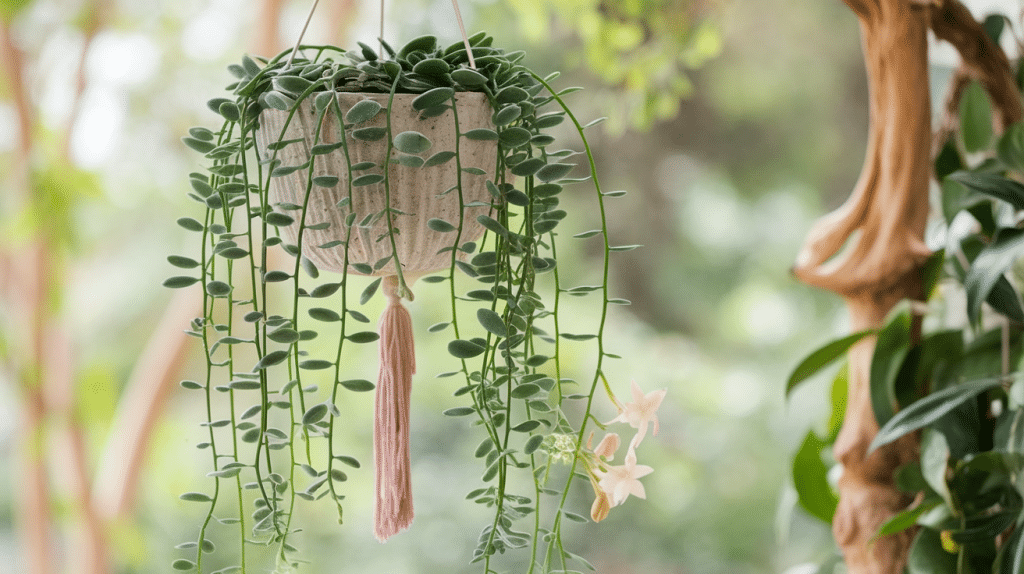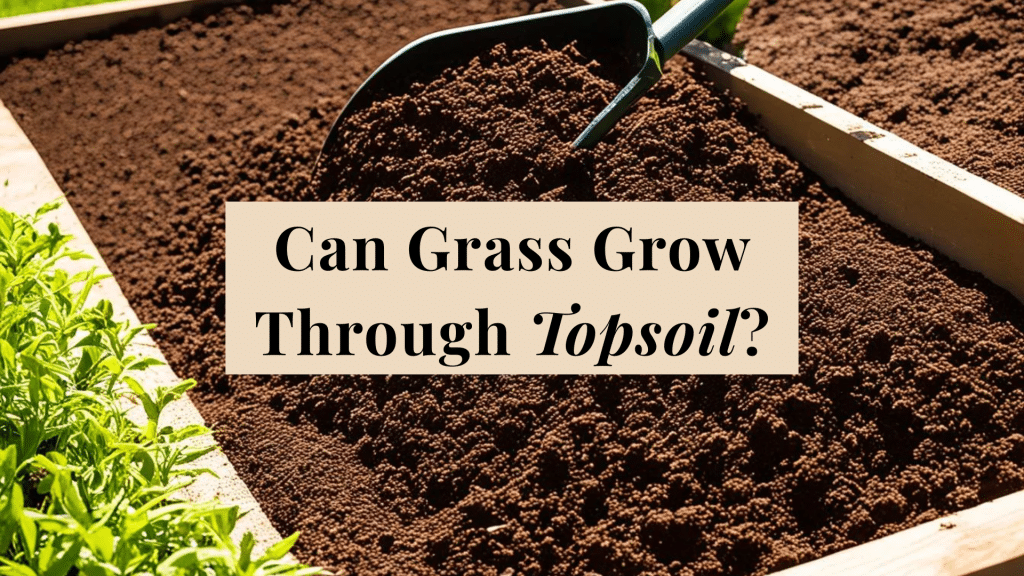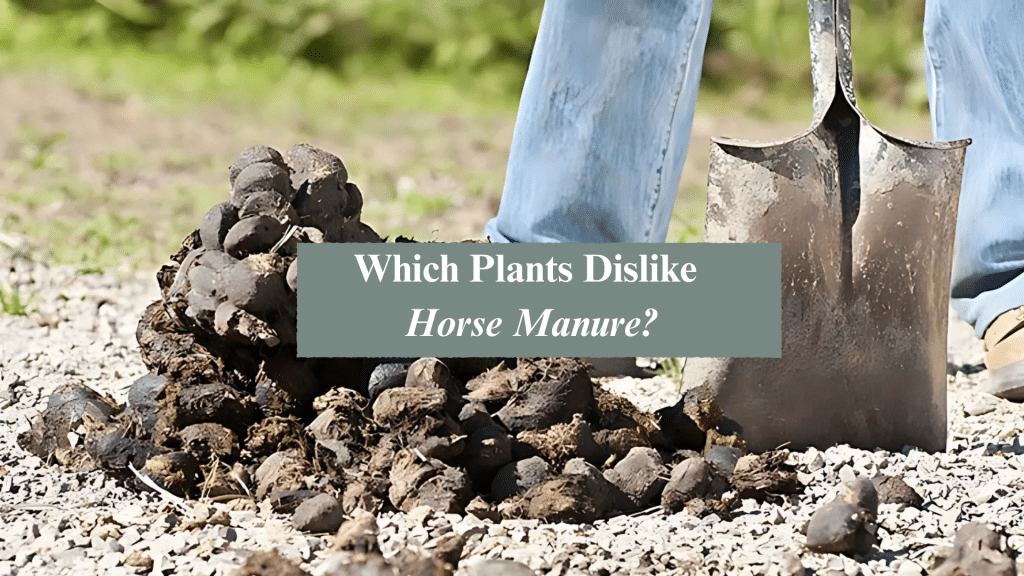Hoya linearis is a houseplant that has won the hearts of many plant collectors with its unusual hanging growth habit and thin, needle-like foliage.
Native to the cooler, humid regions of the Himalayas, this plant brings a touch of mountain charm to indoor spaces.
Our guide covers everything you need to know about this distinctive Hoya—from its specific care needs to successful propagation methods and tips for encouraging those sweetly scented, star-shaped white blooms.
If you’re wondering how to display its trailing vines or struggling with common issues, we’ll provide:
- Step-by-step care instructions to help your Hoya Linearis thrive.
- How to make it a stunning focal point in your plant collection.
What is Hoya linearis?
Hoya Linearis is a special type of houseplant in the Hoya family. Unlike many other indoor plants, this particular Hoya has gained attention from plant lovers for its unusual look and growing needs.
Origins and Habitat
Hoya Linearis comes from the tropical parts of the Himalayas. This mountain-grown plant is found naturally in Nepal and China, where it lives in a very specific setting.
Because of where it grows wild, this plant likes lots of moisture in the air and can handle cooler nighttime temperatures better than many other Hoyas.
In its natural home, it doesn’t climb much but instead takes root in tree cracks and hangs down from branches.
Unique Appearance
What makes Hoya Linearis stand out is its thin, long leaves. These leaves are almost round (cylindrical) and measure about 1-2 inches in length.
Unlike other Hoyas, which might spread outward, Linearis creates a hanging effect with its stems, which can grow several feet long.
When grown in pots at home, it produces a green, curtain-like look that makes it perfect for hanging planters. The plant’s overall form is drooping rather than climbing, different from many of its Hoya relatives.
The Flowers
The flowers of Hoya Linearis are truly special. They form in clusters of small, white, star-shaped blooms that catch the eye against the green, thin leaves.
Many plant owners enjoy their smell most —a pleasant lemon scent that fills the room. These pretty flowers can last for about two weeks, which is quite a long time for Hoya blooms.
Getting your Hoya Linearis to flower might take some time and the right care, but many plant owners say the wait is worth it for these sweet-smelling blooms.
Why is Hoya linearis So Special?

Hoya Linearis has earned a special place in many plant collectors’ homes. This unusual plant stands out from other houseplants for several reasons, making it highly sought after among indoor plant fans.
A “Unicorn” Plant?
The status of Hoya Linearis varies by location. In some areas, it’s hard to find and can cost up to $90 for a healthy plant.
Its specific growing needs make mass production challenging, which has led to its reputation as a collector’s item.
As one plant owner noted on Reddit, “If I can find it at my local nursery in Wisconsin, I don’t consider that a unicorn.” This shows that its availability differs by region.
Its Unique Growing Habit
Unlike other climbing Hoyas, Linearis naturally grows downward. In the wild, it roots in tree cracks and hangs from branches.
This makes it ideal for hanging baskets, where its long stems can trail down, creating a green curtain effect. Many plant owners value this distinctive growth pattern, which sets it apart from other houseplants.
How to Care for Hoya Linearis
Taking care of Hoya Linearis doesn’t have to be hard once you understand its basic needs. Here’s what you need to know to help your plant stay healthy.
1. Light Needs
Hoya Linearis does best in bright, indirect light. While it enjoys good light, direct sun can harm its delicate leaves. Place your plant near a window with filtered light, such as behind a sheer curtain.
It can handle some direct morning sun for short periods, but avoid the harsh afternoon rays that might burn its leaves.
2. Watering Hoya Linearis
This plant likes to dry out between waterings. Check the soil by touching it – if it feels dry about 1-2 inches down, it’s time to water. Typically, you might water once every 7-10 days, but this varies based on your home’s conditions.
One important note from plant owners: Linearis tends to dry out faster than other Hoyas, so watch it closely, especially when it’s growing many vines.
3. Soil and Potting
Hoya Linearis needs well-draining soil to prevent root rot. A mix of:
- Regular potting soil
- Orchid bark
- Perlite
This mix allows water to flow through while giving roots room to breathe. Always use pots with drainage holes. Since this plant hangs naturally, choose hanging pots or place it on a high shelf where vines can trail down.
4. Temperature and Humidity
Coming from the Himalayas, Hoya Linearis prefers cooler temperatures than many houseplants. The ideal range is about 55-60°F (13-16°C). It can handle normal home temperatures but may struggle in very hot conditions.
This plant needs high humidity (55-70%) to thrive truly. To boost humidity:
- Mist the plant with lukewarm water
- Use a humidifier nearby
- Place it on a pebble tray with water
- Group it with other plants
5. Fertilization Tips
Feed your Hoya Linearis when it’s actively growing in spring and summer. Use a balanced, diluted fertilizer once a month.
When growth slows down in fall and winter, stop feeding. Over-fertilizing can harm the plant, so it’s better to use less than more.
How to Propagate Hoya linearis

Hoya Linearis can grow well from cuttings, making it possible to expand your collection or share with friends.
According to plant owners, it’s actually a fast grower once established, despite its reputation for being hard to find.
Stem Cuttings
To propagate, cut a 4-6 inch section of healthy stem with 2-3 leaf nodes. Remove leaves from the bottom inch.
Root in water by placing in a small container with nodes submerged, changing water weekly until roots form (3-4 weeks). Or plant directly in well-draining soil, keeping it slightly damp.
Many growers use a clear container or plastic bag to create humidity while roots develop.
Common Mistakes to Avoid
Avoid overwatering cuttings, as this causes rot. Keep soil just slightly moist, not wet. Many plant owners report better results when allowing cuttings to stay in a humid propagation environment longer than usual.
As one plant owner shared, “I intentionally left it in my prop box longer than normal because it was doing so well in it.” Watch for yellowing leaves (a stress sign) and improve air flow if any mold appears.
Getting Hoya linearis to Bloom
One of the most rewarding parts of growing Hoya Linearis is seeing its beautiful white star-shaped flowers, which have a lovely lemon scent.
Light and Temperature for Blooming
For blooming, provide bright, indirect light—more than for foliage growth—but protect it from harsh, direct sun. Position your plant where it receives morning light or filtered daylight.
To trigger flower formation, keep temperatures between 55-65°F, with a slight drop at night. Avoid hot conditions, which can prevent blooming.
Patience and Care
On a well-established plant, expect to wait 2-3 years for the first blooms. Don’t remove the flower stalks after the blooms fade, as new flowers will grow from the same spots in future seasons.
To mimic the plant’s natural cycle, slightly reduce water in winter while maintaining good humidity. The wait is worthwhile for the sweet-smelling flowers that last about two weeks.
Common Issues with Hoya linearis and How to Solve Them

Even with good care, Hoya Linearis may face some problems. Here’s how to spot and fix the most common issues.
Yellowing Leaves
When the thin leaves of your Hoya Linearis turn yellow, this often points to watering problems. Too much water is the main cause, as these plants prefer to dry out between waterings.
- Check that your pot has proper drainage holes and that water doesn’t sit in the bottom.
- Yellow leaves can also result from too much direct sunlight.
- Move your plant to a spot with bright but indirect light.
- If only older, lower leaves yellow and drop while new growth looks healthy, this might be normal aging.
Root Rot
Root rot happens when roots stay too wet for too long. Signs include mushy stems at the base, a bad smell, and overall plant decline.
- To fix root rot, remove the plant from its pot, clean off all soil, and cut away any dark, soft roots with clean scissors.
- Repot in fresh, well-draining soil mix. From now on, let the soil dry out more between waterings and ensure good drainage.
Some plant owners use terracotta pots, which help the soil dry faster.
Pest Problems
The most common pests on Hoya Linearis are mealybugs, which look like small white cotton bits, and spider mites, which cause specks and fine webbing.
- To treat these, wipe the leaves with a cotton swab dipped in rubbing alcohol.
- For bigger problems, use insecticidal soap or neem oil spray, being careful to cover all leaf surfaces.
- Keep your plant dust-free by gently cleaning leaves with water now and then, as dust can attract pests.
- Check new plants carefully before bringing them home to avoid bringing pests into your collection.
Decorating with Hoya Linearis

With its long, thin leaves and hanging growth habit, Hoya Linearis brings a distinct look to any plant collection.
Best Potting Options
For Hoya Linearis, choose containers that showcase its trailing nature. Hanging pots work well, especially those made of ceramic or lightweight plastic with good drainage holes.
Some plant owners use kokedama (moss ball) techniques or mounted displays to mimic how it grows on trees in nature.
Whatever container you choose, ensure it has proper drainage to prevent water buildup, which can harm the roots.
How to Display Hoya linearis
Place your Hoya Linearis where its hanging stems can flow freely. Hanging planters near windows with filtered light lets the plant get the brightness it needs while showing off its cascading form.
Plant hangers, wall-mounted holders, or high shelves are all good options. One plant owner on social media asked about placing their Linearis on a chandelier plant hanger, showing how this plant can become a living decoration when properly displayed.
Complementing Other Plants
Hoya Linearis pairs beautifully with other plants that enjoy similar conditions. It is a good match for plants that like bright, indirect light and higher humidity.
For visual interest, mix it with plants that have different leaf shapes—broad-leaved plants provide a nice contrast to the thin, needle-like leaves of Linearis.
Consider grouping it with other Hoyas, ferns, or small calatheas for a gathered look that also helps maintain higher humidity levels that benefit all these plants.
Conclusion
Hoya Linearis stands out among houseplants with its unique thin leaves and hanging growth.
With the right care—bright, indirect light, proper watering, well-draining soil, and higher humidity—this Himalayan native can thrive in your home.
While it may need some extra attention, the stunning white flowers with their lemon scent make it worthwhile. Whether you’re new to Hoyas or are a longtime plant lover, this special plant brings beauty to any space.
Have you added a Hoya Linearis to your collection? Share your experience or questions below!














